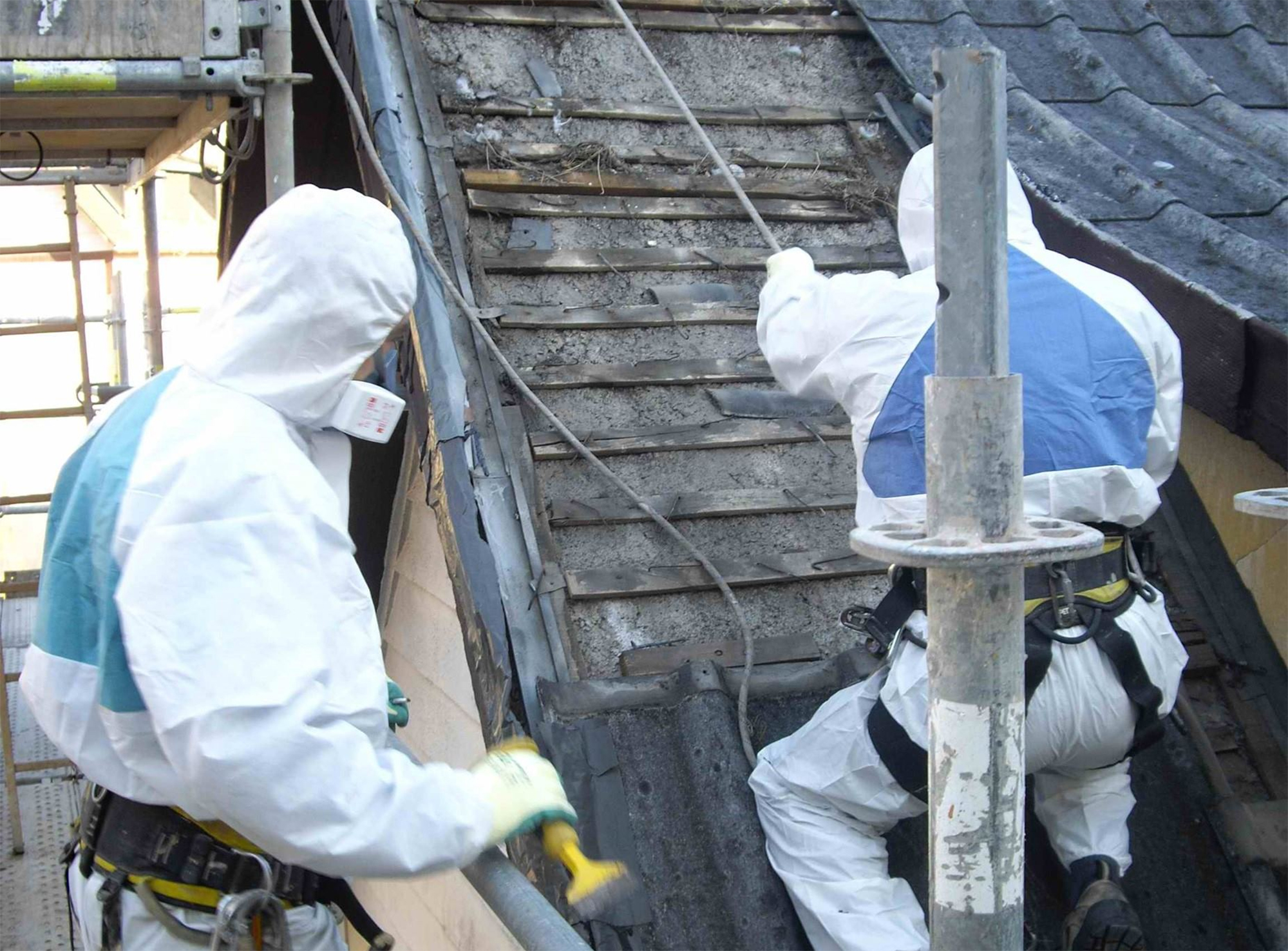
- Agreement has been reached between the European Parliament and the European Council to amend asbestos legislation. Workers will reduce maximum exposure to carcinogenic mineral by ten times. According to the European Union, there are 7 million workers at risk of exposure to asbestos in construction.

In line with what was proposed by the European Commission in September 2022 to reduce the risks of asbestos, the European Parliament and the European Council reached an agreement on Tuesday to amend asbestos legislation.
According to this agreement, the maximum level of exposure of workers to this mineral would be reduced from 0.1% to 0.01%, which is ten times less. Furthermore, each country of the European Union will be granted a six-year transition period to establish a more modern system for measuring asbestos fibres – electron microscopy. Then the maximum exposure level would be 0.002%.
On the other hand, they will regulate more preventive measures. Construction companies hiring personnel shall take measures to determine the presence of asbestos in buildings to be rehabilitated or demolished, and workers in contact with the mineral shall have more specific personal protective equipment.
78% of occupational cancers in the European Union are directly related to inhalation of asbestos fibres
No safe exposure levels
As the agency Europa Press explained, EU bodies have recognised that there is no safe exposure to asbestos or asbestos and the directive will therefore be renewed on a regular basis.
"Inhaling airborne asbestos fibers can cause serious illnesses such as lung cancer, and the first symptoms don't appear until decades," says the Council of Europe.
Growing number of workers at risk
According to a recent study in Brussels, 78% of occupational cancers in the EU are directly related to inhalation of asbestos fibres, and between 4.1 and 7.3 million workers are at risk of exposure to asbestos, of which 7 million would be construction.
Furthermore, building reforms driven by European energy efficiency plans will further increase this contact, with the estimated increase in the number of asbestos-exposed workers by 2031.